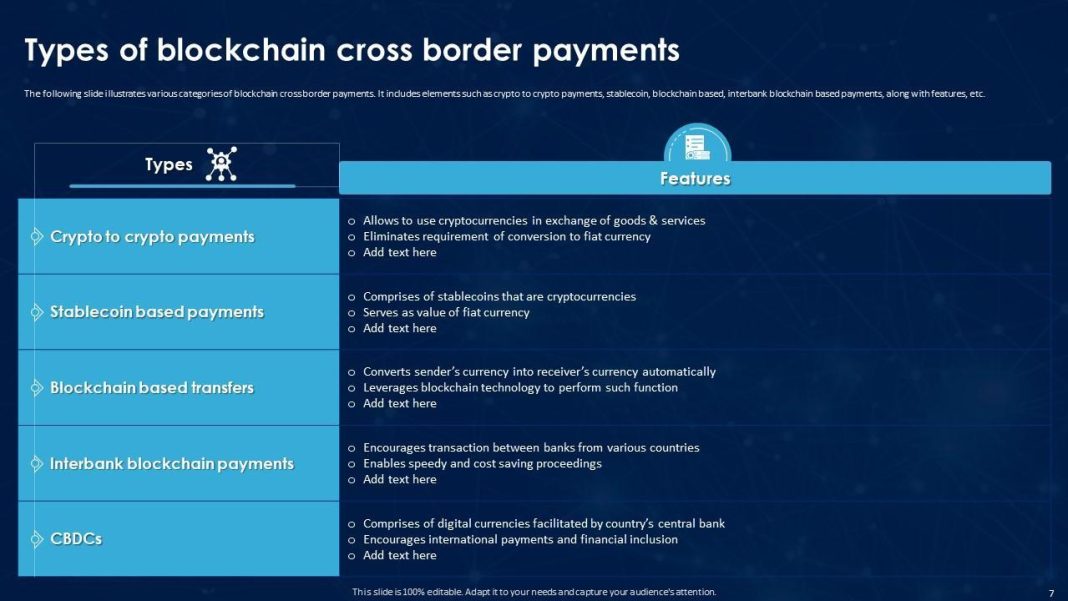In the ever-evolving landscape of e-commerce, where digital storefronts beckon customers from every corner of the globe, a shadowy adversary lurks, ready to exploit the unwary. Fraud, the silent saboteur of online transactions, poses a formidable threat to businesses striving to maintain their integrity and trust. As the digital marketplace burgeons, so too does the sophistication of fraudulent schemes, challenging e-commerce businesses to stay one step ahead. In this article, we delve into the top fraud prevention tactics that stand as bulwarks against deception, arming businesses with the tools they need to protect their virtual empires. With an authoritative lens, we explore the cutting-edge strategies and technologies that are redefining security in the digital age, ensuring that the pursuit of profit does not come at the cost of vulnerability. Welcome to the frontline of fraud prevention, where vigilance meets innovation, and where e-commerce businesses can thrive securely in the face of adversity.
Enhancing Transaction Security with Advanced AI Tools
In the ever-evolving landscape of e-commerce, leveraging advanced AI tools has become indispensable for bolstering transaction security. These tools are designed to identify and mitigate fraudulent activities with unparalleled precision, ensuring that businesses stay one step ahead of cybercriminals. By harnessing the power of machine learning algorithms, AI systems can analyze vast amounts of transaction data in real-time, identifying patterns and anomalies that might indicate fraudulent behavior. This proactive approach not only enhances security but also builds trust with customers, who can shop with confidence knowing their personal and financial information is safeguarded.
- Behavioral Analytics: AI can track user behavior across platforms, detecting deviations from normal patterns that may suggest fraud.
- Real-Time Monitoring: Continuous surveillance of transactions allows for immediate action against suspicious activities.
- Risk Scoring: Transactions are assigned risk scores based on various factors, enabling businesses to prioritize security measures effectively.
- Adaptive Learning: AI systems continuously learn from new data, improving their ability to detect and prevent fraud over time.
By integrating these cutting-edge AI solutions, e-commerce businesses can not only protect themselves from potential threats but also enhance their operational efficiency, ensuring a seamless and secure shopping experience for their customers.

Building Customer Trust through Transparent Communication
In the digital marketplace, the foundation of customer trust lies in transparent communication. E-commerce businesses can enhance their credibility by implementing clear and open dialogue strategies that reassure customers about their security measures. Here are some key tactics:
- Detailed Privacy Policies: Ensure that your privacy policies are not just comprehensive but also easy to understand. Customers should feel confident about how their data is collected, used, and protected.
- Real-Time Updates: Keep your customers informed about their transactions and any security measures you have in place. Regular updates can help alleviate concerns and build trust.
- Open Channels for Feedback: Encourage customers to share their concerns or experiences. By actively listening and responding, you demonstrate a commitment to transparency and customer satisfaction.
- Educational Content: Provide resources that educate your customers about potential fraud risks and how they can protect themselves. Empowered customers are more likely to trust your platform.
By prioritizing these practices, e-commerce businesses can foster a sense of security and reliability, ultimately strengthening their relationship with customers.

Leveraging Multi-Factor Authentication for Robust Protection
In the ever-evolving landscape of e-commerce, securing your business against fraudulent activities is paramount. One of the most effective strategies is implementing Multi-Factor Authentication (MFA). This method goes beyond the traditional username and password approach, adding layers of security that significantly reduce the risk of unauthorized access. By requiring multiple forms of verification, such as a text message code, a fingerprint scan, or a security token, MFA ensures that even if one factor is compromised, unauthorized access is still thwarted.
Adopting MFA can seem daunting, but its benefits far outweigh the initial setup efforts. Consider these key advantages:
- Enhanced Security: By requiring multiple credentials, MFA makes it exponentially harder for attackers to breach accounts.
- Compliance: Many regulatory standards now require MFA as part of their compliance requirements, ensuring your business stays within legal boundaries.
- User Trust: Customers feel more secure knowing their data is protected by robust security measures, enhancing your brand’s reputation.
Incorporating MFA into your e-commerce platform not only fortifies your defenses but also builds a trust-based relationship with your customers, setting your business apart in a competitive market.

Implementing Real-Time Monitoring to Detect Anomalies
In the dynamic world of e-commerce, the ability to swiftly identify irregular patterns is paramount. Real-time monitoring serves as a vigilant guardian, scrutinizing every transaction and interaction with meticulous precision. This proactive approach is instrumental in detecting anomalies that may signify fraudulent activity. By leveraging sophisticated algorithms and machine learning models, businesses can establish a robust defense mechanism that adapts to evolving threats.
- Continuous Data Analysis: Harness the power of big data to constantly evaluate transaction patterns and user behavior.
- Automated Alerts: Implement systems that trigger instant notifications for suspicious activities, allowing for immediate intervention.
- Customizable Thresholds: Set tailored parameters that reflect your specific risk tolerance and business model.
By integrating these real-time monitoring strategies, e-commerce platforms can significantly reduce the risk of fraud, safeguarding both their revenue and reputation.





